In recent years, avocados have transformed from a niche fruit to a global food sensation. Loved for their creamy texture, unique flavor, and incredible health benefits, avocados have become an essential part of diets in many countries. From the rise of avocado toast in cafés to their starring role in guacamole and salads, this once regional fruit now enjoys global demand.
But which country imports the most avocados to satisfy its appetite for this “green gold”? In this article, we’ll explore the country that tops the charts as the world’s largest avocado importer, how the international avocado trade works, and why global consumption continues to rise.
Global Overview of the Avocado Market
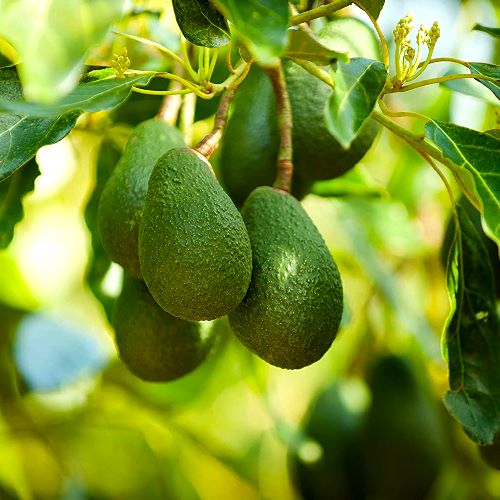
Avocados are primarily grown in tropical and subtropical regions. While countries like Mexico, Peru, Colombia, Chile, Kenya, and the Dominican Republic lead global avocado production, the fruit’s popularity has spread rapidly across North America, Europe, and Asia — where climatic conditions aren’t always suitable for large-scale cultivation.
To meet growing consumer demand, many countries rely on imports. In 2023, the global avocado trade crossed 3.4 million metric tons, valued at nearly $10.3 billion USD, marking one of the fastest-growing produce markets worldwide.
Which Country Is the Largest Avocado Importer in the World?
The United States stands as the largest avocado importer in the world — and by a considerable margin.
Key Statistics:
- Annual imports: Approximately 1.2 million metric tons (2023)
- Global share: Roughly 35–37% of total global avocado imports
- Main supplier: Mexico (accounting for about 90% of U.S. imports)
The U.S. appetite for avocados has exploded over the past two decades, driven by health trends, culinary innovations, and the growing popularity of plant-based diets.
Why Does the United States Import So Many Avocados?
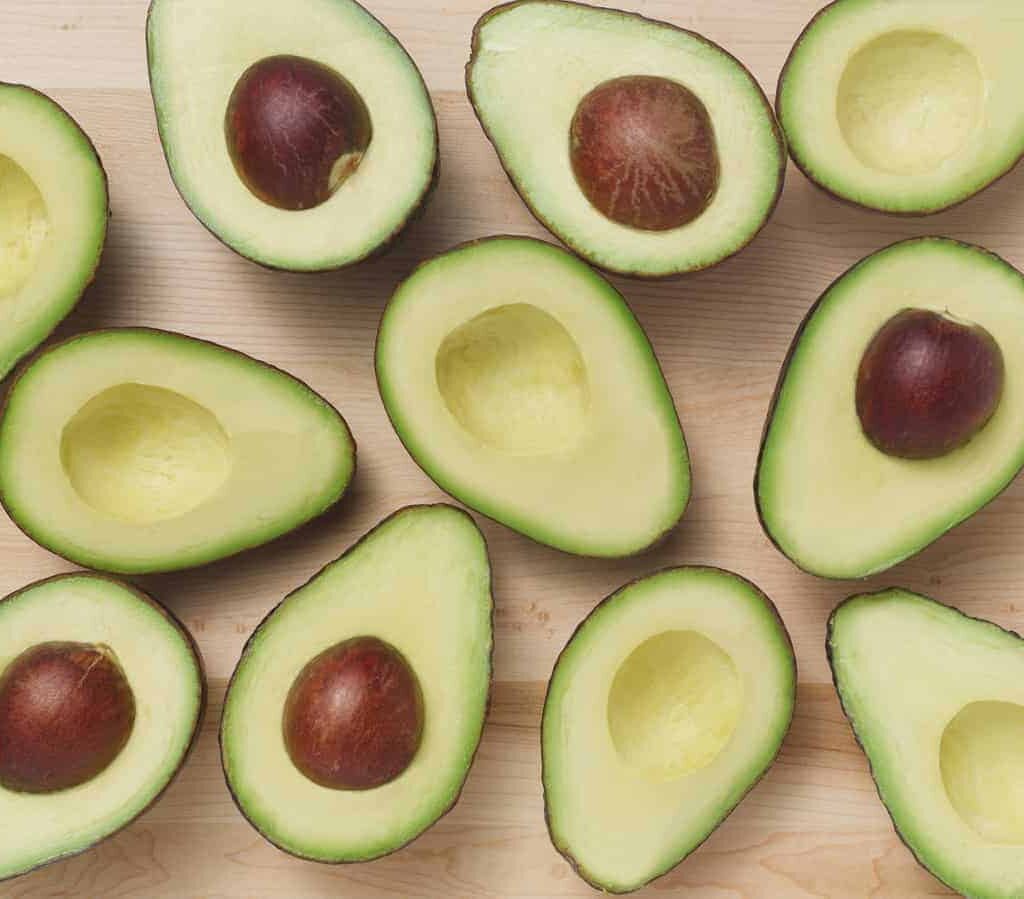
Several factors contribute to the U.S.’s position as the world’s top avocado importer:
Year-Round Demand
Avocados are now a staple in American households and restaurants. Whether in guacamole, smoothies, sandwiches, or salads, avocados are enjoyed throughout the year. However, domestic production — mostly in California and Florida — can’t meet this year-round demand.
Health and Wellness Trends
Rich in healthy monounsaturated fats, fiber, potassium, and antioxidants, avocados have been embraced by health-conscious consumers. Popular diet plans like keto, paleo, and plant-based diets have further fueled demand.
Limited Domestic Production
Though California is a major producer, it supplies only a fraction of U.S. consumption. The majority of avocados consumed in the U.S. are imported, particularly during California’s off-season.
Culinary Popularity
From avocado toast to gourmet dips and healthy desserts, avocados have permeated American food culture. Restaurants, cafés, and food chains prominently feature avocado dishes, further boosting demand.
Other Major Avocado Importing Countries
While the U.S. is the clear leader, several other countries import significant volumes of avocados:
| Rank | Country | Annual Imports (Metric Tons) | Global Share |
|---|---|---|---|
| 1 | United States | 1,200,000 | 35–37% |
| 2 | Netherlands | 510,000 | 15–16% |
| 3 | Spain | 260,000 | 7–8% |
| 4 | France | 170,000 | 5% |
| 5 | Germany | 135,000 | 4% |
| 6 | United Kingdom | 115,000 | 3–4% |
| 7 | Canada | 110,000 | 3–4% |
The Netherlands acts as a central distribution hub for Europe, importing large quantities and re-exporting to neighboring countries like Germany, France, and the U.K.
Where Do These Avocados Come From?
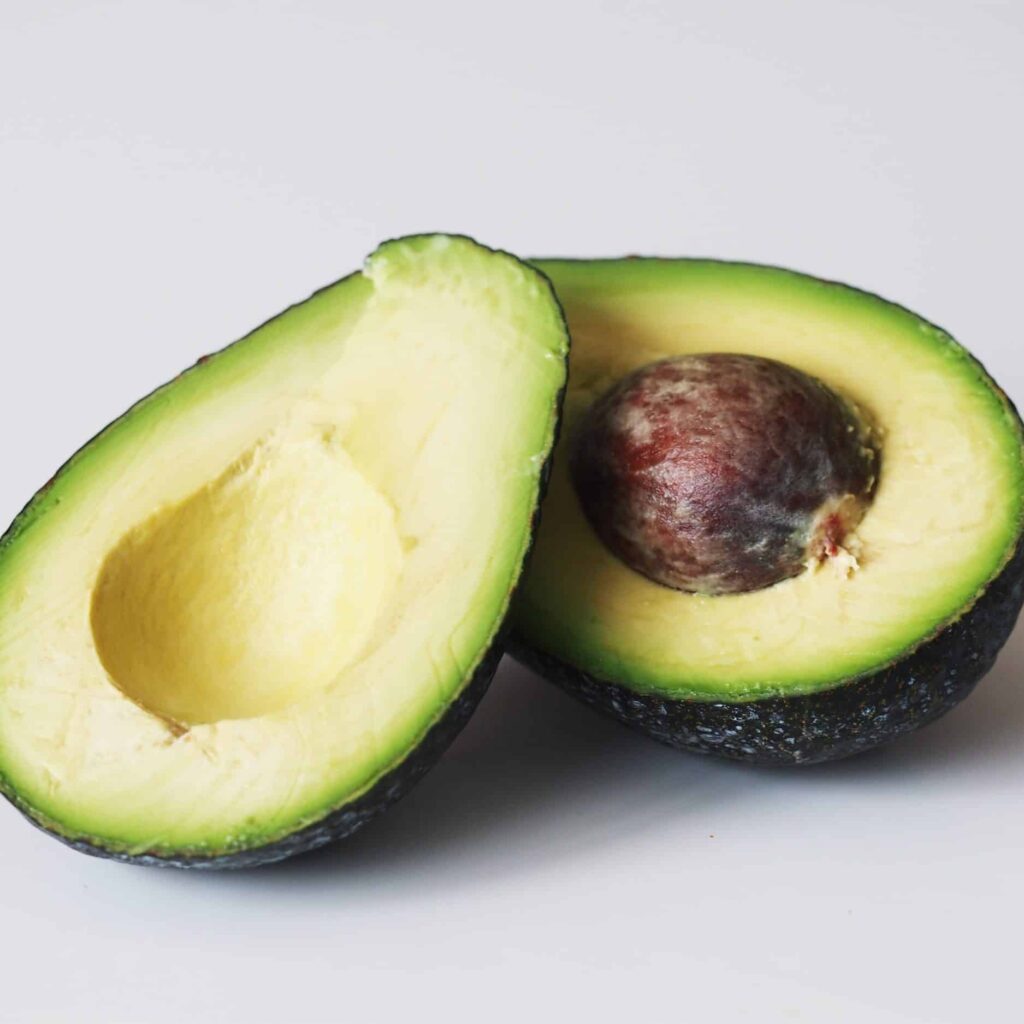
On the supply side, global avocado exports are dominated by a few major producers:
- Mexico: The world’s largest avocado producer and exporter, contributing nearly 50% of global exports.
- Peru: Major supplier to Europe and the U.S. during Mexico’s off-season.
- Colombia: Rapidly expanding its avocado plantations and exports.
- Chile: Supplies Europe and North America.
- Kenya and South Africa: Increasing exports to Europe and the Middle East.
In 2023:
- Mexico exported over 1 million metric tons of avocados to the U.S.
- Peru’s exports grew by over 10%, serving both North American and European markets.
- Colombia and Kenya posted double-digit export growth rates.
Growth Trends in the Avocado Market
The global avocado market has experienced remarkable growth:
- In 2010, global avocado trade was about 1 million metric tons
- By 2023, it had tripled to over 3.4 million metric tons
- The market is projected to surpass 4.3 million metric tons by 2030
Factors Driving Growth:
Rising awareness of health benefits
Increased popularity of plant-based diets
Expanding middle-class populations in emerging markets
Improved cold-chain logistics and international shipping
Growing demand for exotic and superfoods
Price Trends and Trade Value
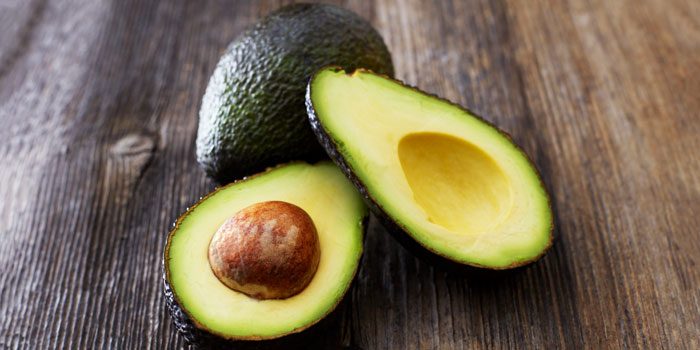
In 2023:
- Global average avocado import price: Around $3,083 per ton
- Higher prices were recorded in countries with strict quality standards or long shipping distances like Germany and Switzerland
- The U.S. enjoyed relatively lower import costs due to its proximity to Mexico
Prices fluctuate based on:
- Seasonal availability
- Global supply conditions
- Export restrictions or weather disruptions in producing countries
Asia’s Growing Appetite for Avocados
Though North America and Europe dominate avocado imports, Asia is a rapidly emerging market.
- China imported over 66,000 metric tons in 2023
- Japan followed closely with 62,000 metric tons
- India and Vietnam have shown triple-digit import growth rates in recent years
Asia’s per capita consumption is still low, offering massive growth potential as incomes rise and consumer tastes diversify.
Future Outlook
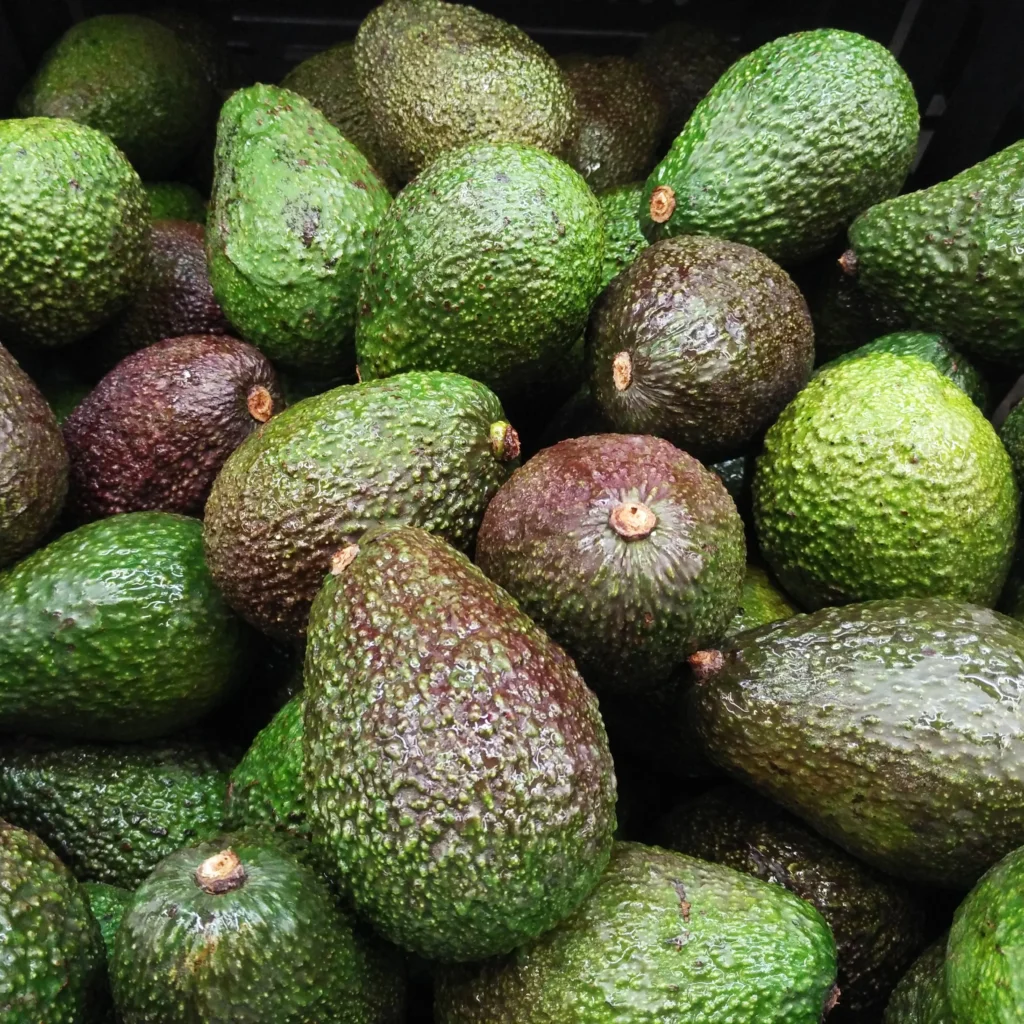
The avocado industry’s future looks bright. Projections suggest:
- Steady import growth in the U.S., maintaining its top position
- European demand will continue to rise, with the Netherlands, Spain, and France leading the way
- Asian markets will expand rapidly, with China, India, and Southeast Asia driving new demand
- Supply diversification will increase, with more exports coming from Peru, Colombia, Kenya, and South Africa
Conclusion
The United States is the largest avocado importer in the world, accounting for approximately 35–37% of global imports in 2023. The nation’s insatiable appetite for avocados is fueled by health trends, year-round demand, limited domestic production, and a strong food culture that embraces the fruit in countless culinary applications.
While the U.S. leads the way, Europe and Asia’s markets are rapidly growing, with new suppliers emerging to meet this global demand. With consumption expected to rise steadily and new consumers discovering the avocado’s benefits, the international avocado trade is poised for continued expansion in the years ahead.





